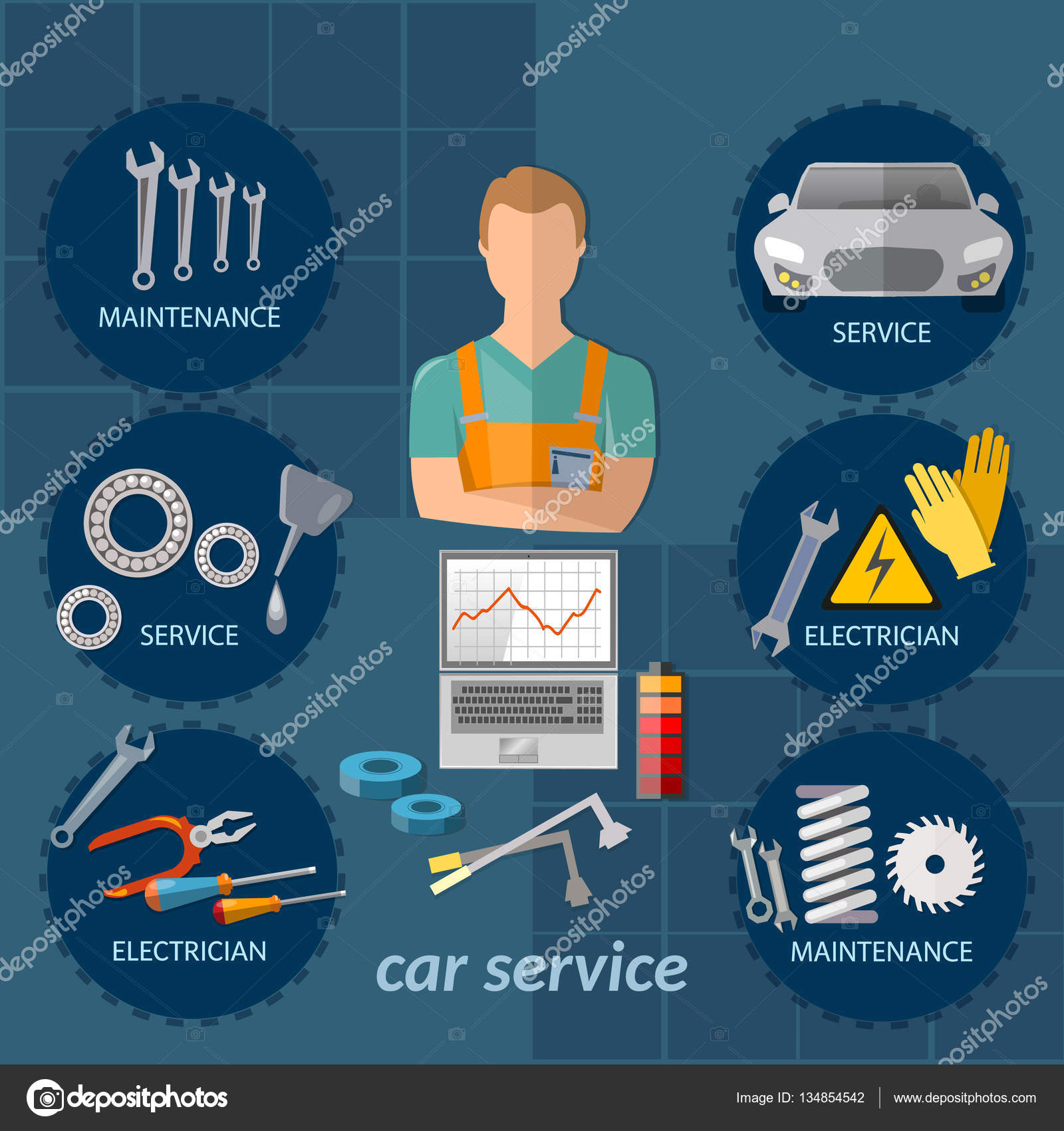Comprehending The Value Of Your Vehicle'S Warning Signals: What They Really Represent
Comprehending The Value Of Your Vehicle'S Warning Signals: What They Really Represent
Blog Article
Short Article Developed By-Vinson Corbett
When you're behind the wheel, those beautiful warning lights on your control panel can be a bit perplexing. Do you understand what they're attempting to inform you regarding your car's health? Recognizing the significance of these lights is important for your safety and security and the longevity of your automobile. So, the following time one of those lights turns up, would not you want to decode its message properly and take the needed actions to address it?
Common Caution Lights and Interpretations
Determine common warning lights in your cars and truck and understand their significances to make certain risk-free driving.
The most common warning lights consist of the check engine light, which signals concerns with the engine or discharges system. If this light begins, it's important to have your automobile checked promptly.
The oil stress alerting light indicates low oil pressure, requiring immediate interest to stop engine damages.
ceramic coating tesla flashing battery light could suggest a defective charging system, potentially leaving you stranded otherwise dealt with.
The tire stress tracking system (TPMS) light signals you to low tire stress, impacting automobile stability and fuel effectiveness. Overlooking this might lead to harmful driving conditions.
The abdominal light indicates an issue with the anti-lock braking system, endangering your ability to stop quickly in emergencies.
Finally, the coolant temperature level warning light warns of engine getting too hot, which can lead to extreme damages otherwise settled swiftly.
Understanding these typical caution lights will assist you resolve problems quickly and preserve secure driving conditions.
Importance of Prompt Focus
Comprehending the usual caution lights in your auto is only the very first step; the significance of promptly resolving these cautions can't be highlighted sufficient to guarantee your safety on the road.
When a caution light illuminates on your dashboard, it's your auto's way of communicating a potential issue that needs interest. Ignoring see here now can cause a lot more extreme problems down the road, compromising your safety and possibly costing you extra in repairs.
Motivate attention to warning lights can stop break downs and accidents. For example, a blinking check engine light could suggest a misfire that, if left neglected, could trigger damage to the catalytic converter. Addressing this without delay can conserve you from a costly repair work.
Likewise, a brake system advising light may signify reduced brake liquid or worn brake pads, critical parts for your safety when driving.
DIY Troubleshooting Tips
If you discover a warning light on your dashboard, there are a couple of do it yourself troubleshooting ideas you can try prior to looking for specialist aid.
The primary step is to consult your cars and truck's guidebook to understand what the details warning light shows. Sometimes the problem can be as easy as a loose gas cap causing the check engine light. Tightening the gas cap might settle the issue.
Another usual issue is a reduced battery, which can set off numerous cautioning lights. Examining the battery links for rust and guaranteeing they're protected might take care of the trouble.
If a warning light lingers, you can attempt resetting it by separating the cars and truck's battery for a few mins and afterwards reconnecting it. Additionally, examining your vehicle's fluid degrees, such as oil, coolant, and brake liquid, can aid fix advising lights connected to these systems.
Conclusion
Finally, recognizing your car's caution lights is crucial for maintaining your automobile running efficiently and safely. By immediately attending to these alerts and understanding what they indicate, you can avoid expensive repair services and potential malfunctions.
Keep in mind to consult your car's handbook for specific information on each cautioning light and do something about it as necessary to make certain a hassle-free driving experience.
Stay informed, remain safe when driving!
